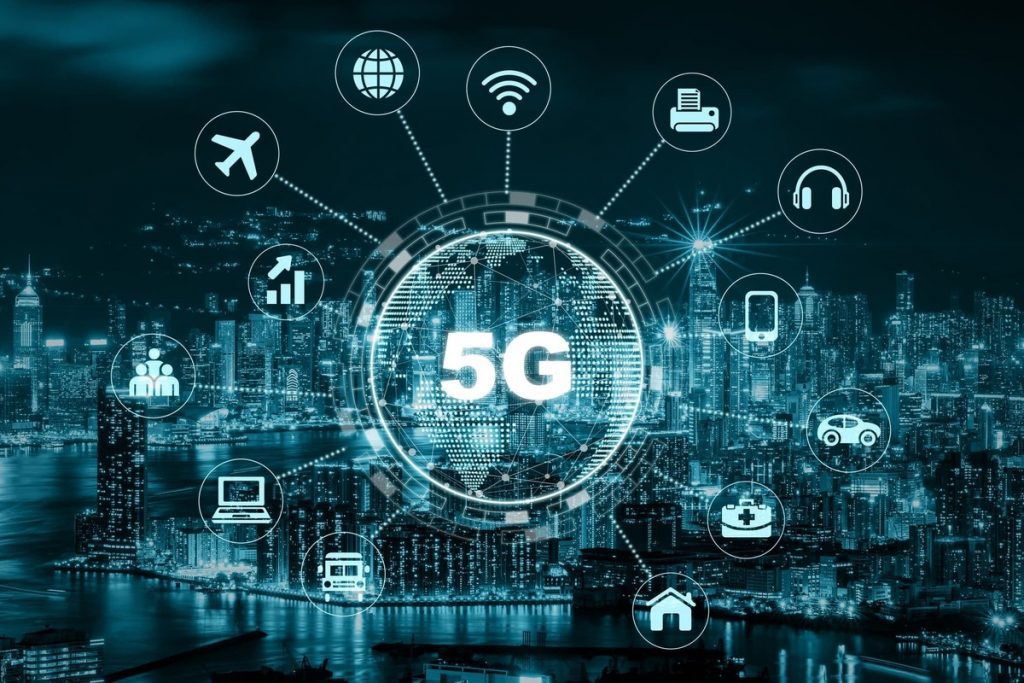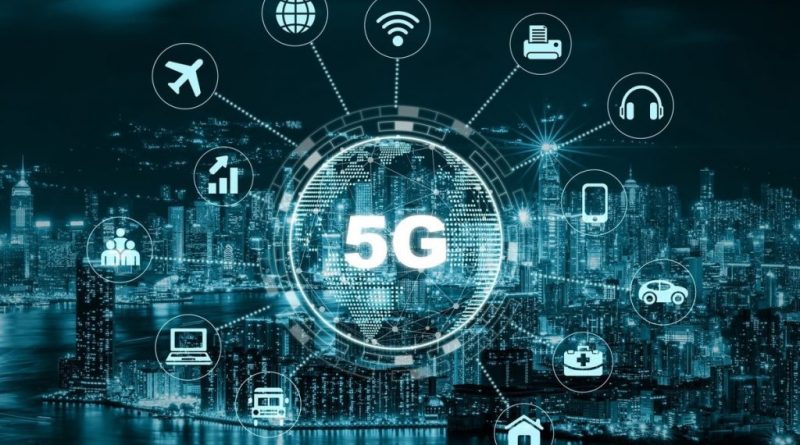5G and the Future of Mobile Communications
The advent of 5G technology marks a pivotal moment in the evolution of mobile communications, promising unprecedented speed, connectivity, and transformative impacts. As we transition from 4G to 5G, this new generation of wireless technology is not just an upgrade in speed, but a complete shift in how mobile communications will operate in the future. This article delves into the multifaceted aspects of 5G and its implications for the future of how we communicate wirelessly, including its potential to reshape industries, bridge the digital divide, and enhance security measures in a hyper-connected world.
Unleashing Unprecedented Speeds
One of the most highly anticipated features of 5G technology is its revolutionary speed capabilities. While 4G networks provide maximum download speeds of around 100 Mbps, 5G promises speeds up to 10 Gbps, a 100-fold improvement. This dramatic increase allows for instantaneous downloads, making activities like streaming 4K videos, gaming, and video conferencing seamless experiences without lag or buffering.
With the rise of remote work and digital content consumption, these faster speeds are not just a luxury—they are becoming essential. As 5G networks expand globally, users can expect their mobile devices to become even more integral to their daily lives, handling tasks that were once reserved for desktop computers or high-speed Wi-Fi connections. The superior speed of 5G will make mobile devices the primary access point for a growing array of services, from entertainment to healthcare.
Enabling IoT and Smart Cities
5G technology is about much more than speed; it is also about connectivity on a massive scale. The Internet of Things (IoT) refers to the network of connected devices that communicate with each other, from smartphones to smart refrigerators, wearables, and even industrial machines. IoT has been growing steadily, but 5G will exponentially increase its potential by allowing more devices to connect simultaneously with minimal latency.
This is where smart cities come into play. Smart cities leverage IoT to create more efficient urban environments, from traffic management systems that reduce congestion to smart grids that optimize energy usage. With 5G, the connectivity required to support millions of devices in a dense urban area will be possible. This will enable real-time data collection and analysis, leading to more responsive public services and infrastructure. Imagine a future where traffic lights adjust dynamically to reduce wait times, or where waste collection is automated based on sensors detecting full bins. 5G will be the backbone of these innovations, making cities smarter, safer, and more sustainable.
Transformative Impact on Industries
Industries across the board are set to be revolutionized by 5G technology. In healthcare, for example, 5G enables real-time remote monitoring of patients and even remote surgeries, where specialists can operate on patients from miles away using robotic systems. The ultra-low latency of 5G—reducing lag to milliseconds—makes these critical, time-sensitive applications viable and safe.
Manufacturing is another sector poised to benefit from 5G. Smart factories, powered by IoT and automation, can run more efficiently with real-time monitoring and control over machinery. This allows for predictive maintenance, where machines can alert operators before a failure occurs, reducing downtime and improving productivity. Additionally, augmented reality (AR) and virtual reality (VR) applications will be more immersive and responsive with 5G, finding uses in everything from virtual training for employees to enhanced customer experiences in retail.
The automotive industry is also on the cusp of transformation with 5G. Autonomous vehicles rely on constant communication with each other and surrounding infrastructure to navigate safely. With 5G, cars will be able to exchange data in real-time, making self-driving technology more reliable and widespread.
Addressing Connectivity Challenges in Remote Areas
While urban areas stand to benefit immensely from 5G, one of the most promising aspects of this technology is its potential to bridge the digital divide in remote and underserved regions. Historically, rural and remote areas have struggled with poor internet connectivity, limiting access to education, healthcare, and economic opportunities. 5G has the potential to change that by providing high-speed, low-latency internet access to these areas.
Telecommunication companies are actively exploring ways to expand 5G coverage to rural communities, using technologies such as fixed wireless access (FWA) to deliver internet services to homes and businesses. With improved connectivity, remote areas can benefit from telemedicine, online education, and e-commerce, fostering greater inclusivity and economic growth.
However, the rollout of 5G in these areas comes with challenges, such as the high cost of infrastructure development and the need for regulatory support. Governments and private companies must work together to ensure that the benefits of this new technology are distributed equitably and that no one is left behind in this technological revolution.
Privacy and Security Considerations
As with any new technology, the rise of 5G brings with it concerns around privacy and security. The increased connectivity and data flows enabled by 5G networks make them attractive targets for cyberattacks. With more devices connected to the internet, from smartphones to home security systems, the potential for breaches and vulnerabilities grows.
One of the key challenges in securing 5G networks is the sheer scale of the infrastructure involved. Unlike previous generations of mobile networks, 5G relies on a more decentralized architecture with small cell towers and edge computing. This decentralized nature can make it harder to implement centralized security measures, necessitating new approaches to cybersecurity.
Telecommunication companies and governments must prioritize robust security protocols, including encryption and continuous monitoring, to protect users’ data. Additionally, as more critical services like healthcare and transportation rely on 5G, ensuring the resilience of these networks against attacks becomes even more crucial.
Challenges and Future Prospects
Despite its promise, the widespread adoption of 5G is not without challenges. One of the main hurdles is the significant infrastructure investment required to build out 5G networks. Unlike 4G, which relied on large cell towers spaced miles apart, this new technology requires a dense network of small cell stations to deliver the high-speed, low-latency performance it promises. This means that rolling out 5G in rural or sparsely populated areas may not be as cost-effective, leading to potential disparities in access.
Additionally, there are regulatory hurdles to consider. Governments must balance the need for rapid 5G deployment with concerns around spectrum allocation, public health, and security. The global nature of 5G also means that international cooperation is essential, as network standards and security protocols need to be aligned across borders.
Looking ahead, the future of 5G is filled with possibilities. As more industries adopt this new technology and its capabilities expand, we may see entirely new business models and services emerge. From smart homes that automatically adjust to their occupants’ preferences to personalized healthcare delivered through wearable devices, the potential applications of this new technology are vast. Moreover, as 6G begins to appear on the horizon, the innovations driven by 5G will lay the groundwork for the next leap in mobile communications.

Conclusion
The arrival of 5G technology signals a transformative shift in the future of mobile communications. Its unprecedented speed, connectivity, and potential to revolutionize industries from healthcare to manufacturing set the stage for a more connected and efficient world. While challenges remain, particularly around infrastructure and security, the benefits of this new technology far outweigh the obstacles. As we stand on the brink of a new era, the widespread implementation of 5G is poised to redefine connectivity, ushering in a multitude of possibilities for individuals, businesses, and entire industries.

